Oregon Grape Companion Plants That Will Make Your Garden Thrive
Oregon grape (Mahonia aquifolium) is a beautiful and versatile plant that can be found in many gardens. It is an evergreen shrub that can grow up to 8 feet tall, and it has leathery, spiny leaves and clusters of yellow flowers in the spring. The berries that follow the flowers are edible and can be used to make jelly or wine.
Oregon grape is a relatively easy plant to care for, and it is tolerant of a wide range of conditions. It prefers partial shade and moist, well-drained soil. However, it can also tolerate full sun and drier conditions.
One of the best things about Oregon grape is that it is a companion plant for many other plants. This means that it can be planted near other plants to help them thrive. In this blog post, we will discuss some of the best Oregon grape companion plants.
Main Content
Companion Plants for Oregon Grape
- Azaleas: Azaleas and Oregon grape are both shade-loving plants, and they can be planted together to create a beautiful and colorful landscape. Azaleas come in a variety of colors, so you can choose ones that will complement the foliage of your Oregon grape.
- Ferns: Ferns are another great companion plant for Oregon grape. They add a touch of elegance to the garden, and they help to keep the soil moist. Ferns come in a variety of sizes, so you can choose ones that will fit in your garden space.
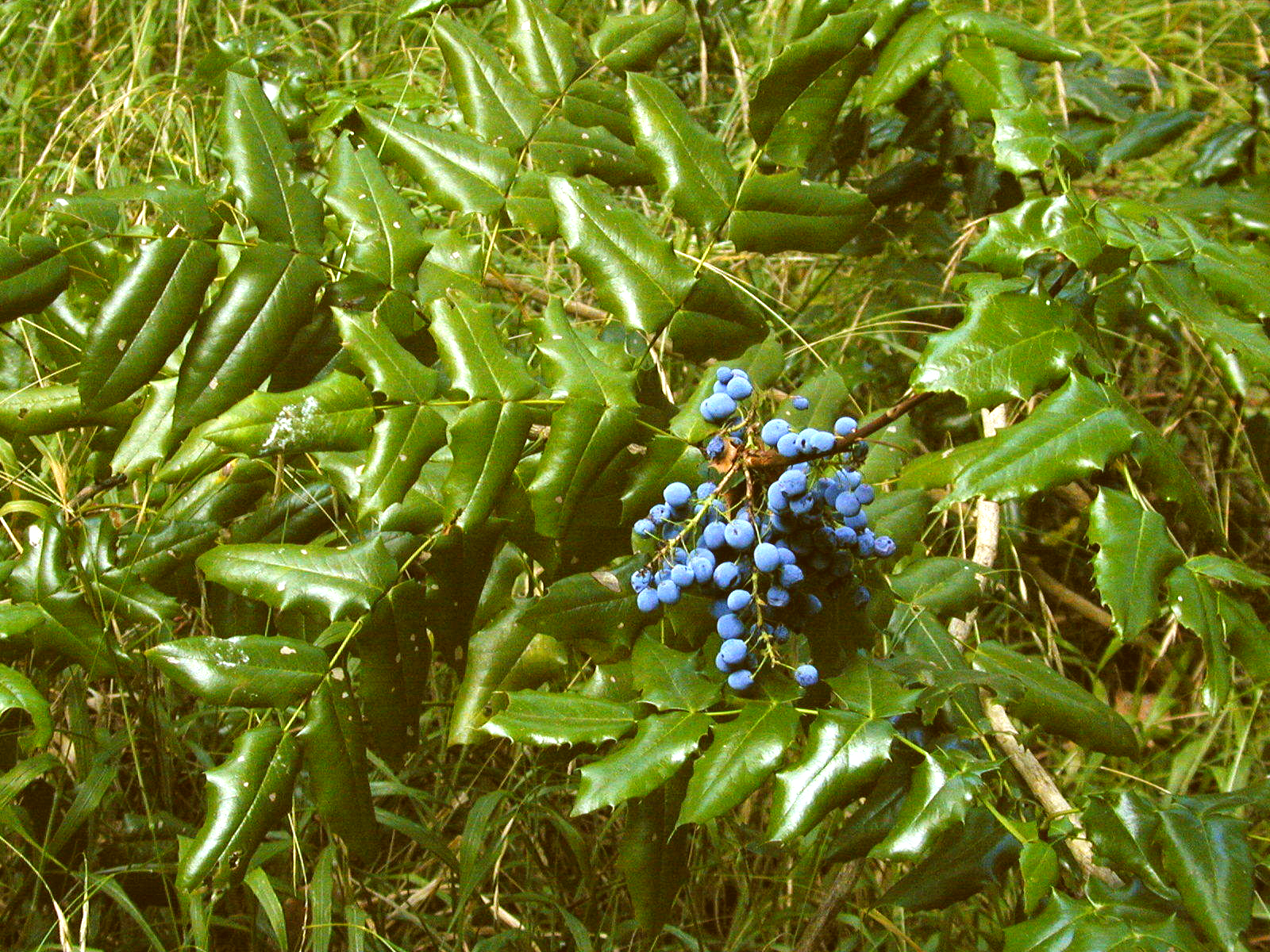
- Hostas: Hostas are also shade-loving plants, and they make great companions for Oregon grape. Hostas come in a variety of colors and leaf shapes, so you can find ones that will add interest to your garden.

- Shrubs: Oregon grape can also be planted near other shrubs, such as rhododendrons, holly, and viburnum. These shrubs will help to add height and structure to the garden, and they will also provide food and shelter for wildlife.
- Perennials: Oregon grape can also be planted near perennials, such as bleeding heart, columbine, and hellebores. These perennials will add color and interest to the garden throughout the spring, summer, and fall.
Benefits of Companion Planting
There are many benefits to companion planting, including:
- Attracting pollinators: Companion plants can attract pollinators, such as bees, butterflies, and hummingbirds. These pollinators are important for the garden, as they help to pollinate flowers and fruits.
- Preventing pests and diseases: Companion plants can help to prevent pests and diseases from attacking your plants. For example, marigolds are known to repel nematodes, which can be a problem for many plants.
- Improving soil quality: Companion plants can help to improve soil quality by adding nutrients and organic matter. This can help to make your plants healthier and more productive.
- Creating a more balanced ecosystem: Companion planting can help to create a more balanced ecosystem in your garden. This can help to attract wildlife and improve the overall health of your garden.
Conclusion
Oregon grape is a beautiful and versatile plant that can be a valuable addition to any garden. By planting it near other companion plants, you can help to create a more beautiful, healthy, and balanced garden.
Oregon grape is a beautiful and versatile plant that can be grown in a variety of settings. It is evergreen, so it provides year-round interest in the garden. It also has edible berries, which can be used to make jelly or syrup.
When choosing companion plants for Oregon grape, it is important to consider the plant's needs. Oregon grape prefers partial shade and well-drained soil. It is also tolerant of drought. Some good companion plants for Oregon grape include:
- Ferns: Ferns provide a soft, green backdrop for the Oregon grape's spiky leaves. They also help to keep the soil moist.
- Azaleas: Azaleas and Oregon grape have similar growing requirements. They also bloom at the same time, creating a beautiful display of color.
- Rhododendrons: Rhododendrons are another good choice for companion plants for Oregon grape. They prefer similar conditions and can add a touch of elegance to the garden.
For more information about Oregon grape companion plants, please visit Gardenia Inspiration. This website has a wealth of information on the topic, including plant profiles, growing tips, and a plant finder.
FAQ of oregon grape companion plants
Question 1: What are some good companion plants for Oregon grape?
Answer: Oregon grape is a versatile plant that can be paired with a variety of other plants. Some good companion plants include:
- Azaleas: Azaleas and Oregon grape have similar growing requirements, so they make good companions. They both prefer partial shade and acidic soil.
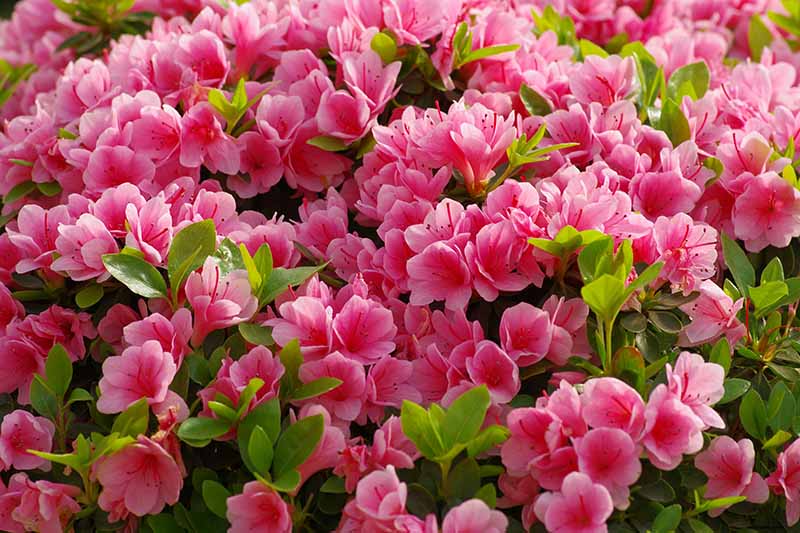
- Bearded iris: Bearded iris and Oregon grape both bloom in the spring, so they can be planted together to create a colorful display. They also both prefer moist, well-drained soil.
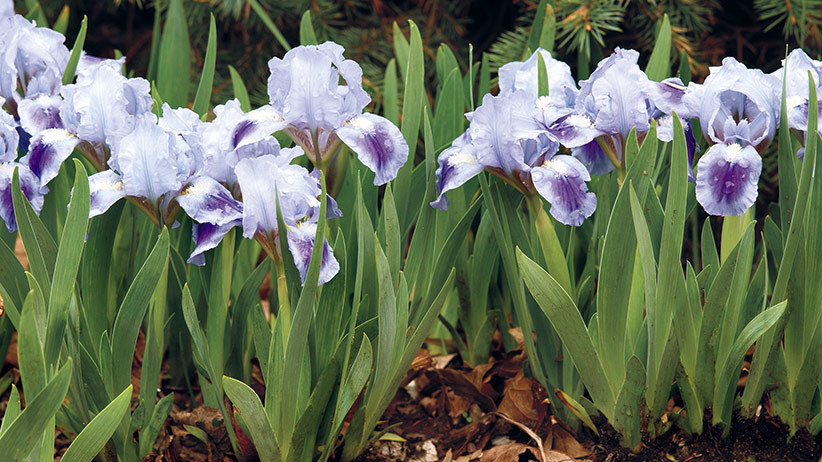
- Heuchera: Heuchera and Oregon grape have similar foliage, so they can be planted together to create a cohesive look. They both prefer partial shade and well-drained soil.
- Hostas: Hostas and Oregon grape are both shade-loving plants, so they make good companions. They also both prefer moist, well-drained soil.
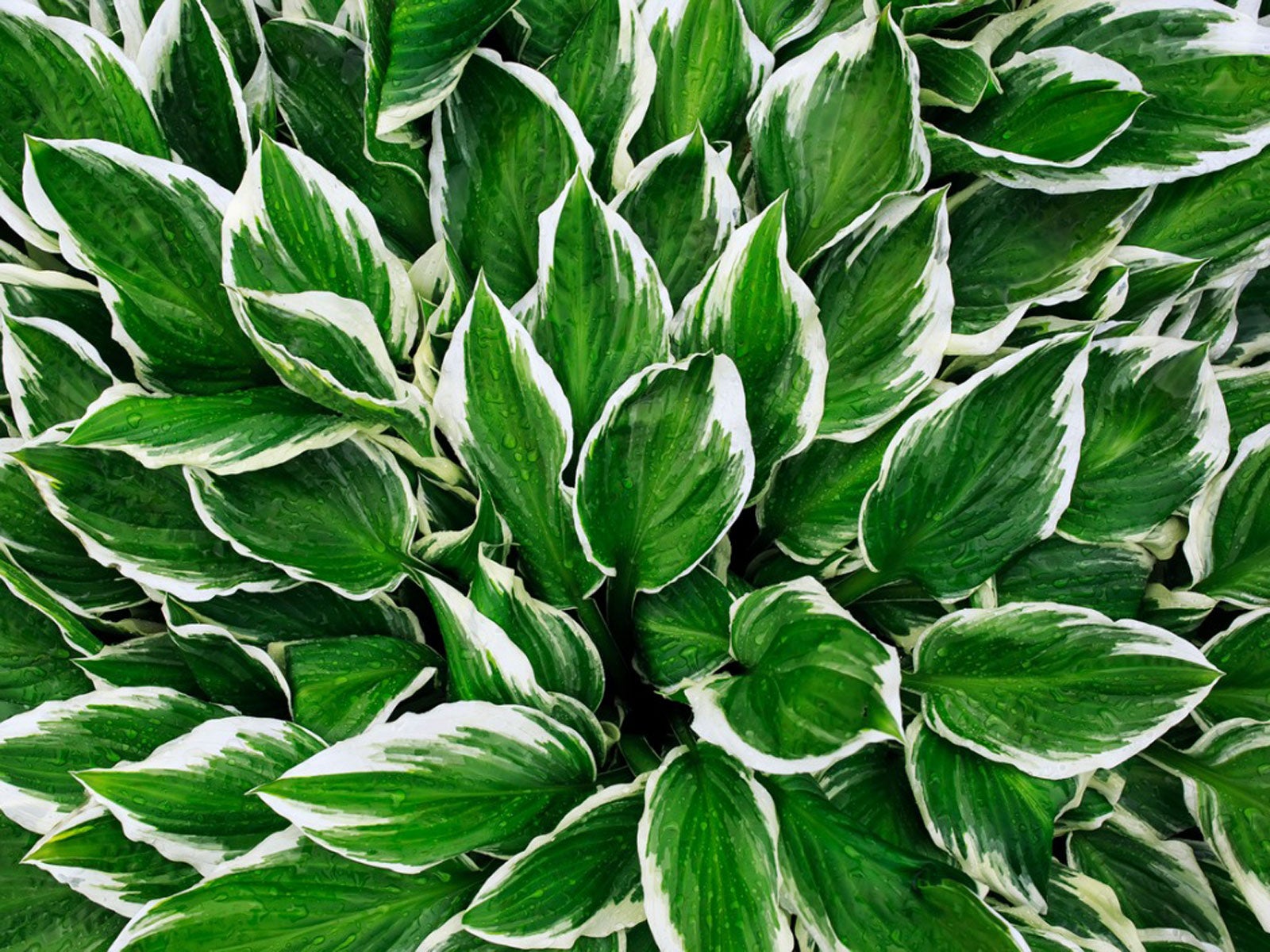
- Shrub roses: Shrub roses and Oregon grape can be planted together to create a colorful and fragrant display. They both prefer full sun and well-drained soil.
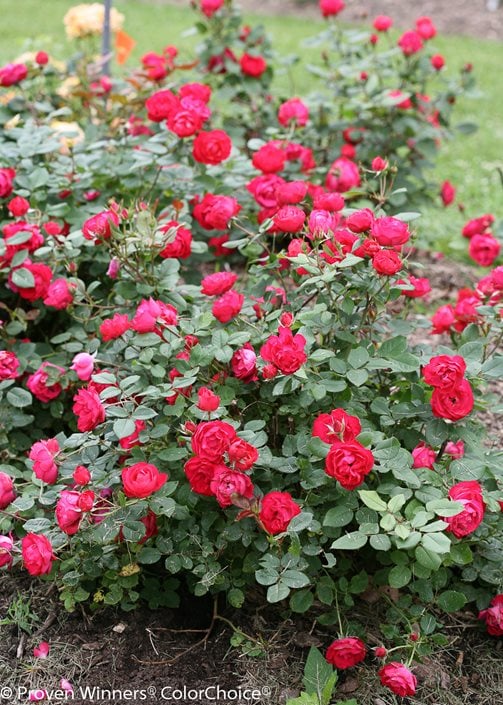
Question 2: What are the benefits of planting companion plants with Oregon grape?
Answer: There are several benefits to planting companion plants with Oregon grape. Companion plants can help to:
- Attract beneficial insects: Some companion plants, such as yarrow and lavender, attract beneficial insects that help to control pests.

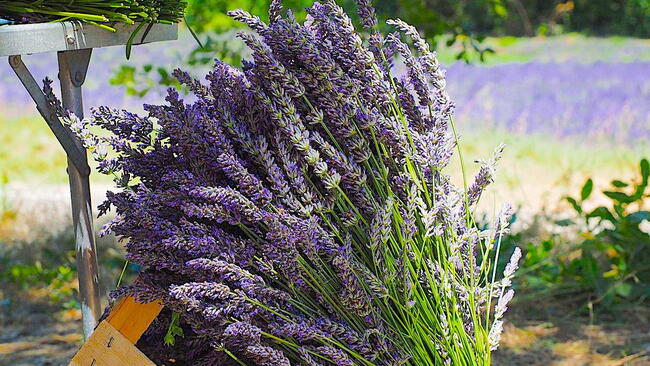
- Improve soil quality: Some companion plants, such as comfrey and clover, help to improve soil quality by adding nutrients and organic matter.
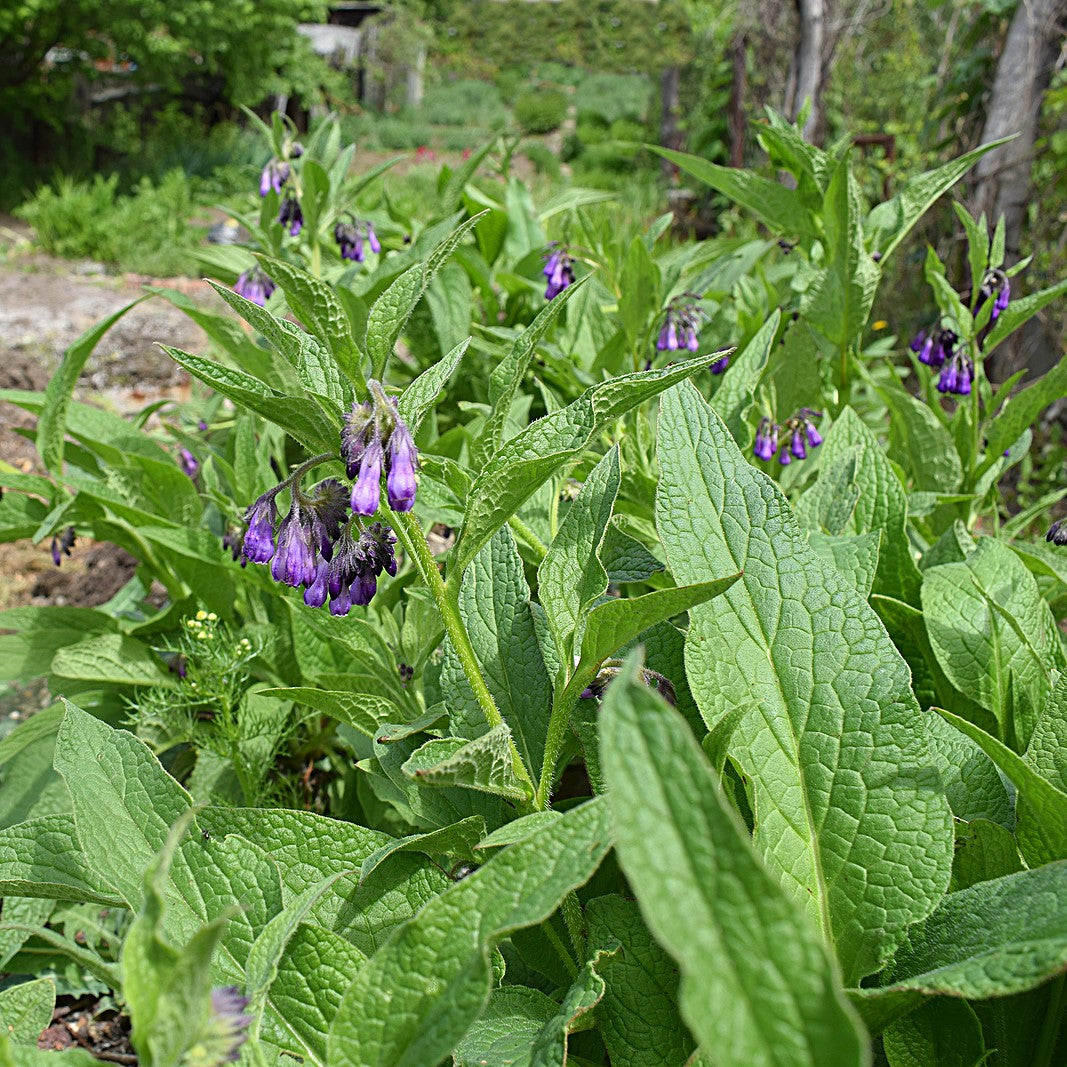
- Distract pests: Some companion plants, such as marigolds and nasturtiums, have strong scents that can distract pests from Oregon grape.
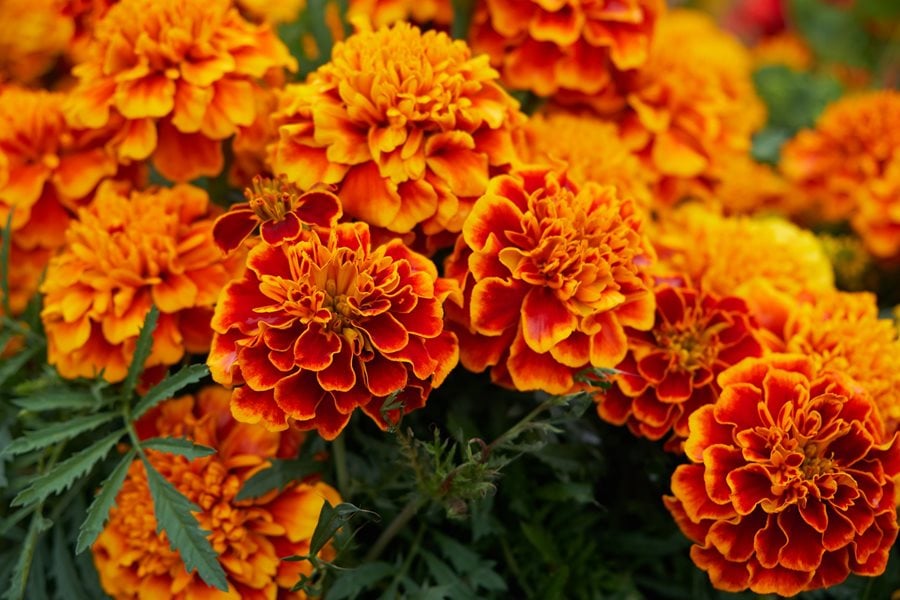

- Provide ground cover: Companion plants can help to provide ground cover around Oregon grape, which can help to suppress weeds and improve the overall appearance of the garden.
Question 3: What are some plants that should not be planted near Oregon grape?
Answer: There are a few plants that should not be planted near Oregon grape. These plants include:
- Rhododendrons: Rhododendrons and Oregon grape are both acid-loving plants, but they have different nutrient requirements. Planting them together can lead to nutrient imbalances.
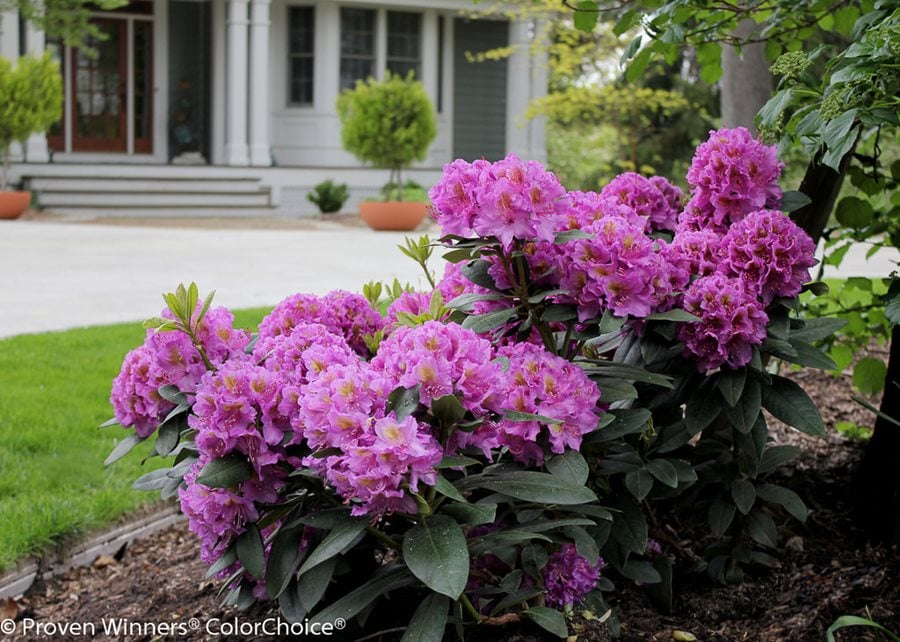
- Blueberries: Blueberries and Oregon grape have similar growing requirements, but they can compete for space and nutrients. Planting them together can stunt the growth of both plants.
- Vines: Vines can shade out Oregon grape and prevent it from flowering. It is best to avoid planting vines near Oregon grape.
Question 4: What is the best time of year to plant companion plants with Oregon grape?
Answer: The best time of year to plant companion plants with Oregon grape is in the spring or fall. This gives the plants time to establish themselves before the hot summer weather or the cold winter weather.
Question 5: How far apart should companion plants be planted with Oregon grape?
Answer: The distance between companion plants and Oregon grape will vary depending on the size of the plants. Generally, it is a good idea to plant companion plants about 2 feet away from Oregon grape. This will give the plants enough space to grow and thrive.
Image of oregon grape companion plants
5 different images of "oregon grape companion plants" from Pinterest:
- Astilbe: Astilbe is a shade-loving perennial that blooms in late spring to early summer. It can help to add height and interest to an oregon grape planting.

- Hosta: Hostas are another shade-loving perennial that can be used as a companion plant for oregon grape. They come in a variety of colors and leaf shapes, so you can choose one that will complement the oregon grape's foliage.

- Brunnera: Brunnera is a shade-tolerant perennial that blooms in early spring with blue or white flowers. It can help to fill in the gaps between oregon grape plants and provide some early-season color.
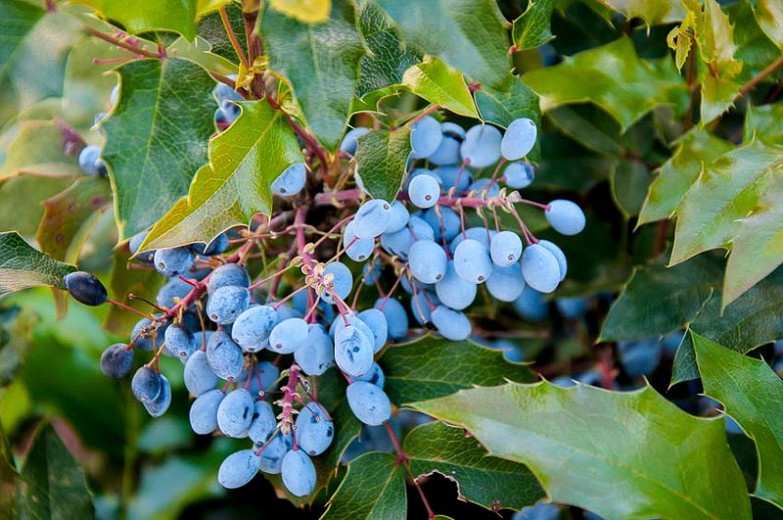
- Heuchera: Heucheras are a type of hardy perennial that comes in a variety of colors, including red, orange, yellow, and pink. They can be used to add a splash of color to an oregon grape planting.
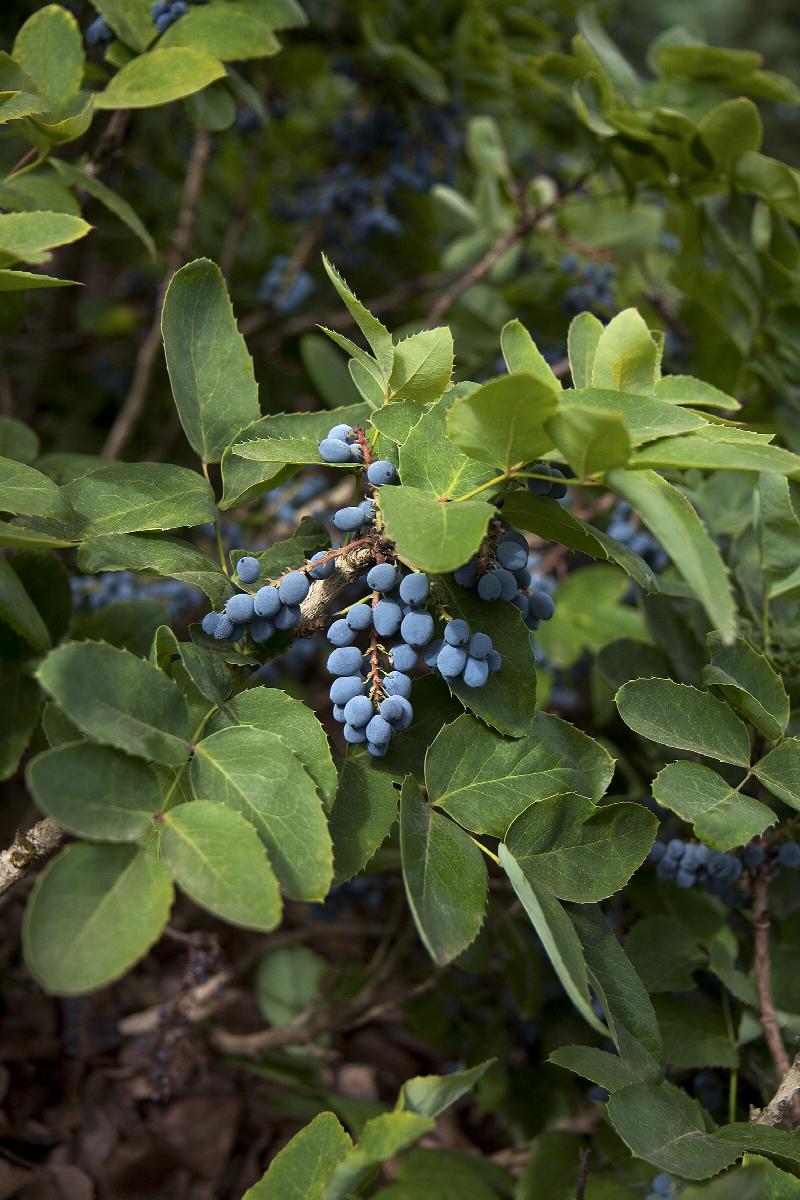
- Epimedium: Epimediums are a type of woodland perennial that blooms in early spring with white, pink, or purple flowers. They are tolerant of shade and can help to add some groundcover to an oregon grape planting.
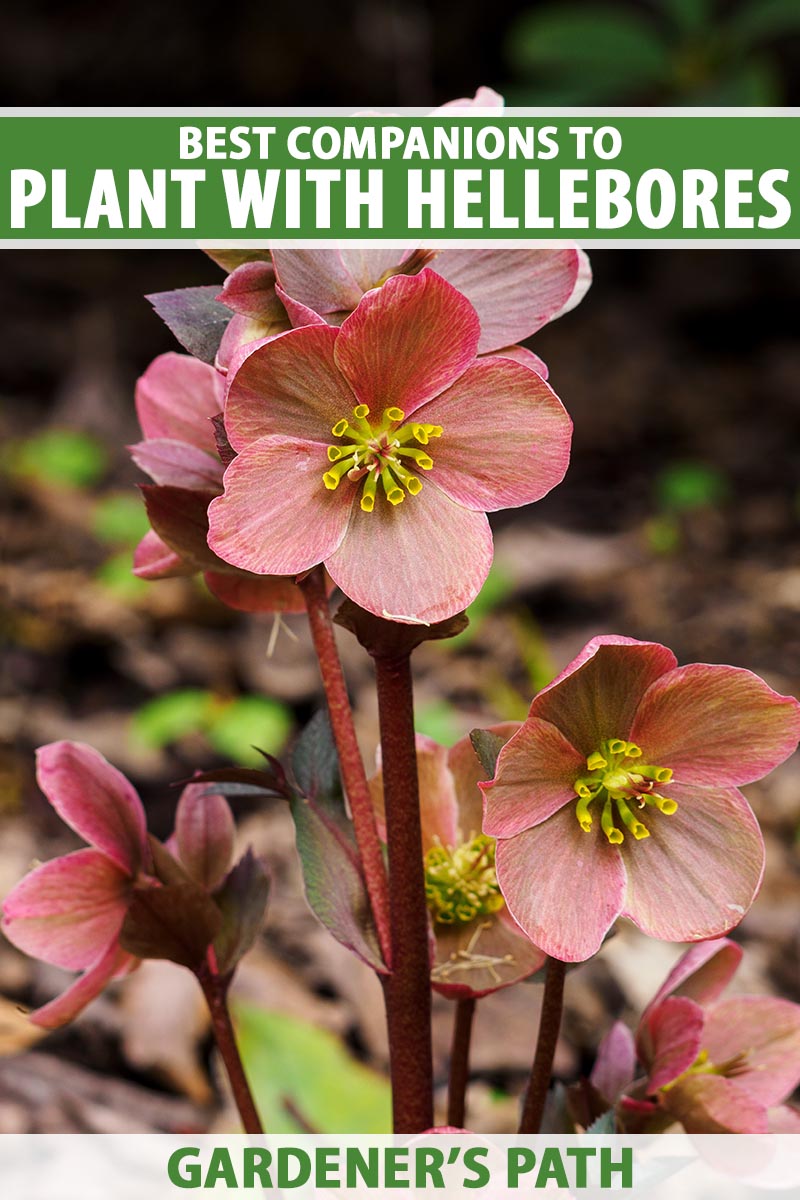
Post a Comment for " Oregon Grape Companion Plants That Will Make Your Garden Thrive"